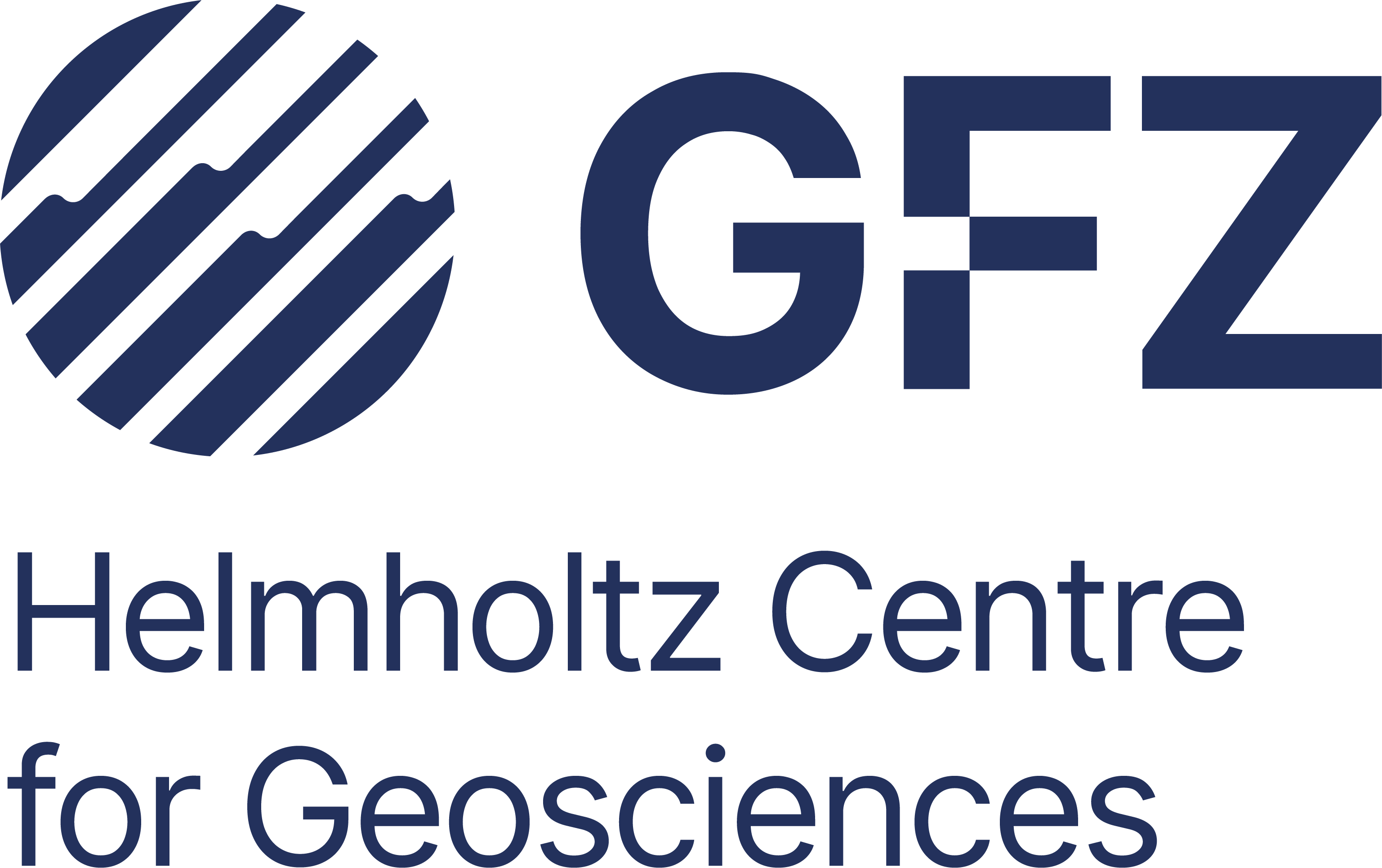Work Package B-2: PGE mobility and behavior in oxidized zones
This work package will conduct experiments under defined conditions to understand the mobility and redistribution of platinum-group elements (PGE) during near-surface oxidation processes. Theoretical and some empirical studies indicate that individual PGE may be partially mobile at oxidizing conditions under acid, chloride-rich conditions. Dissolved organic material may also play a significant role based on data from other metals, and this will be tested experimentally for the PGE.
Main partners:
LUH, BGR
Tools and methods:
Experiments will be conducted to determine the concentrations of PGE, particularly Pt and Pd, in hydrous solutions after reaction with PGE-bearing sulfides and tellurides minerals. The role of chlorine and organic materials (e.g. humic or fulvic acids) in solution will be examined. The experiments will be performed for different durations (up to several months) and the resulting solutions will be analyzed by two analytical techniques. ICP-MS analysis will determine the total amount of dissolved PGE, and voltammetry will provide data on the proportion of PGE present as ionic species in solution.
Chemical analysis of groundwater samples collected on site will guide the choice of experimental conditions.




